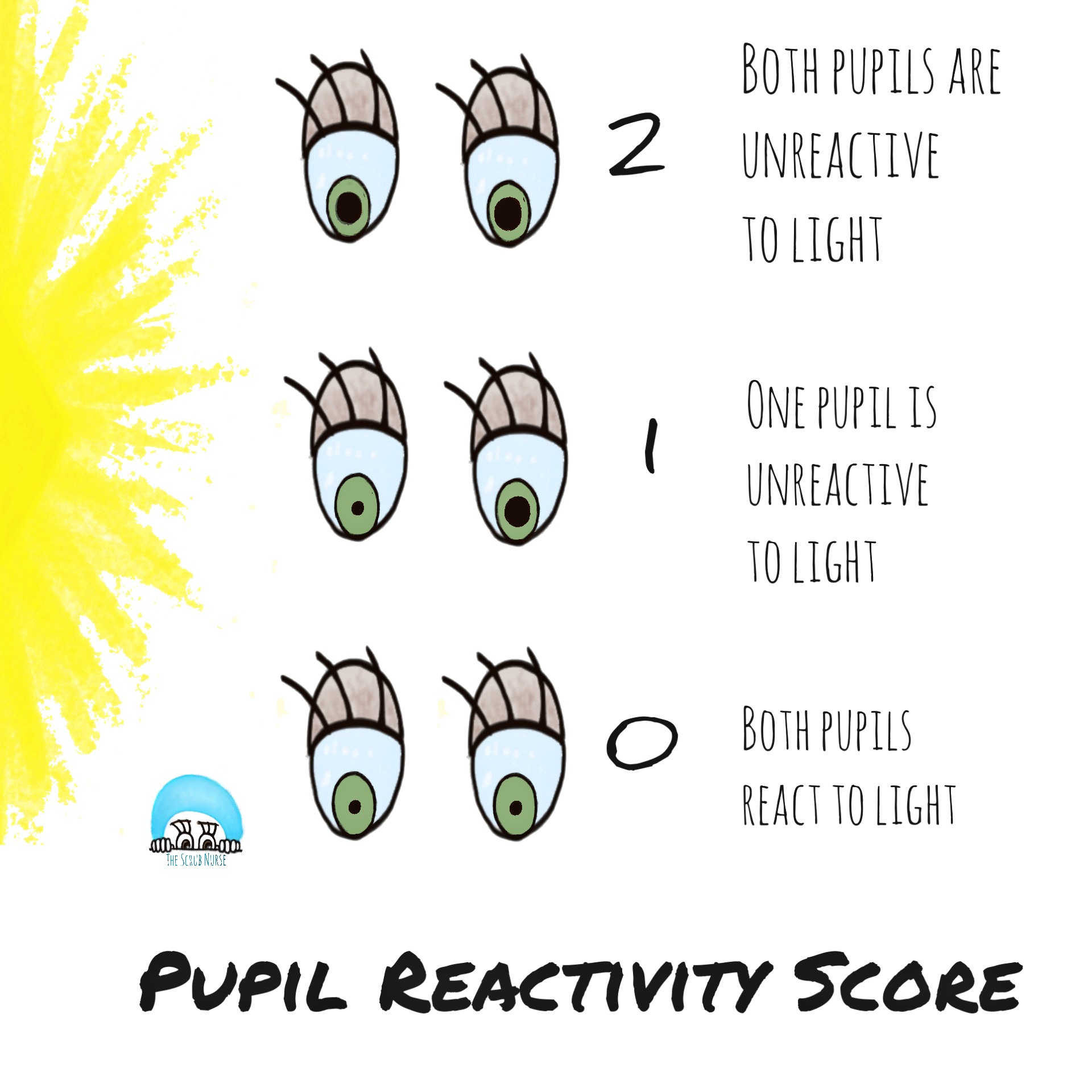

Non-image forming sets circadian clocks through retinal ganglion cells (RGCs) by 470 nm strong blue light and is involved in the light reflex.

Image forming is involved in the cognitive response to spatial objects through cone and rod cells.

Generally, vision can be classified into two types: image forming and non-image forming. 10 Our present findings are consistent with those of Hanita et al. concerning the time of expression of opsin during early stages of development, melanopsin was present, but rhodopsin was not observed in human embryos at 8–13 weeks gestational age. The 470 nm blue light used in this study stimulates not only the photoreceptor cells, but also mRGCs. The pupils did constrict under blue light (470 nm) at both 10 and 100 cd/m 2 intensities. Our results also showed that the pupils of 38-week-old premature infants did not constrict under red light stimulation (635 nm). 9 However, the response of the infant’s eye to white light (28 μW/cm 2) was similar to that of an adult, including wavelengths <590 nm, suggesting that the 33-week infant’s pupillary light reflex was matured sufficiently to respond as that of an adult. observed that at 33 weeks gestational age, the infant’s pupil will not respond to a 600 nm single wavelength of light (5 μW/cm 2), which lies outside the range of perceptibility of melanopsin. 4 The pupil of premature infants during this period does not respond usually to tyramine and hydroxyamphetamine hydrobromide, indicating that the accumulation and release of norepinephrine at the neuromuscular junction is not fully developed. The pupil light reflex has been reported to be absent in premature infants of 31 weeks of age. One reason for this finding is that the ocular and corneal diameters of premature infants are also smaller than those in children >2 years old. In our study, the pupil size of 38-week-old premature infants was 3.9 mm in average, which was significantly smaller than the pupil size in children >2 years old. 2–4 The usual pupillary size for these infants was shown to be less than 4 mm. Several studies have examined the pupillary size of very immature infants.


 0 kommentar(er)
0 kommentar(er)
